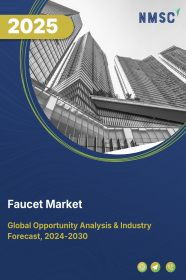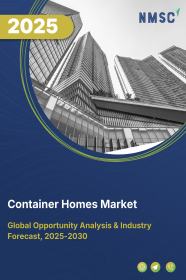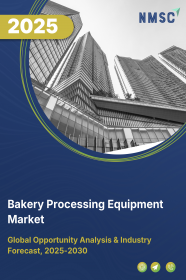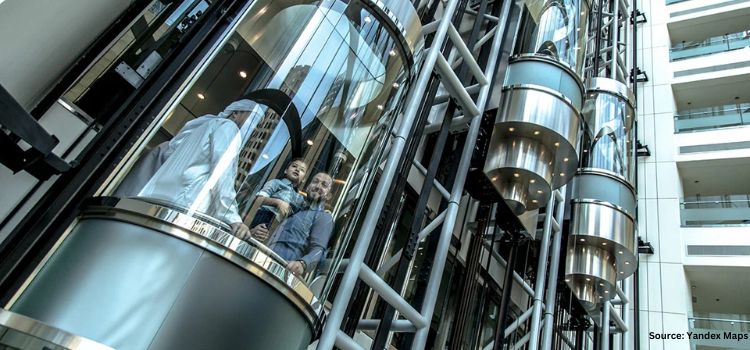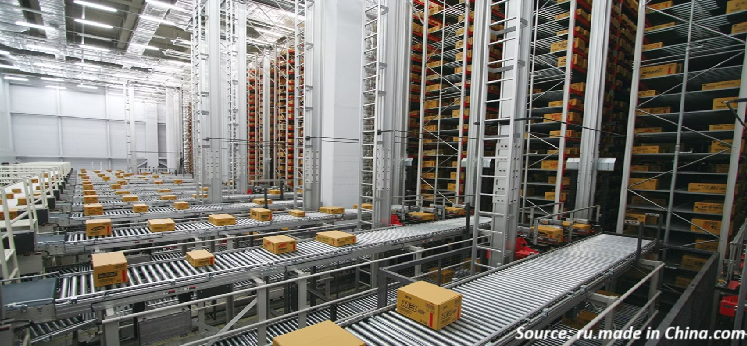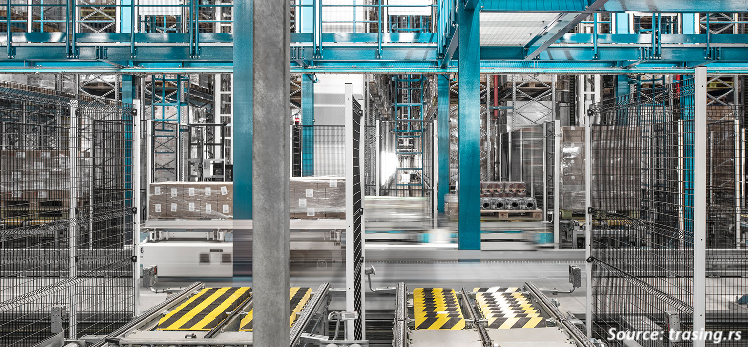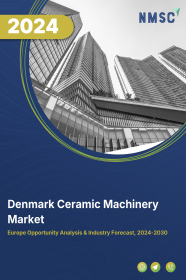
Denmark Ceramic Machinery Market by Type (Shaping Machines, Decorative and Glazing Machines, Kilns and Firing Machines, Raw Material Processing Machines, Storage and Handling Machines, and Others Machinery), by Product Type (Tile, Sanitary Ware, Tableware, Technical Ceramics, Refractories, and Abrasive), and by End User (Construction, Automotive, Electronics, and Others) – Global Opportunity Analysis and Industry Forecast, 2024–2030
Industry: Construction & Manufacturing | Publish Date: 16-Oct-2024 | No of Pages: 79 | No. of Tables: 49 | No. of Figures: 34 | Format: PDF | Report Code : CM2793
Denmark Ceramic Machinery Market Overview
The Denmark Ceramic Machinery Market size was valued at USD 56.6 million in 2023, and is predicted to reach USD 101.1 million by 2030, at a CAGR of 8.1% from 2024 to 2030.
The ceramic machinery sector, also known as the ceramic manufacturing equipment sector, involves the global industry that designs, produces, and distributes machinery for making ceramic products such as tiles, sanitary ware, tableware, and advanced ceramics. This market includes equipment like crushers, grinding mills, kilns, dryers, and presses, used throughout the ceramic production process, from raw material preparation to the final product.
Ceramic machinery offers high precision for shaping, glazing, and producing ceramics, resulting in consistent product quality, faster production, and lower labor costs. It is essential for meeting the growing need for quality ceramics, supported by advancements in manufacturing technology and increased automation investments.
Growth of the Ceramic Manufacturing Sector Drives Denmark Ceramic Machinery Market
The ceramic machinery market in Denmark is experiencing significant growth, primarily driven by the expansion of the ceramic manufacturing sector. This industry is becoming a key component of the Danish economy, demonstrating a robust growth trajectory that emphasizes its importance.
In 2022, Denmark’s ceramic product exports reached USD 276.95 million, reflecting the country’s strong manufacturing capabilities and its prominent position in the global ceramic sector. This impressive export performance highlights the high demand for Danish ceramic products, known for their quality and innovation.
As a result, there is a rising need for advanced ceramic manufacturing equipment, as manufacturers aim to improve production processes and maintain a competitive edge both domestically and internationally.
Ongoing investments in modern machinery and technology ensure that Denmark remains a significant player in the ceramics industry, continuously meeting and exceeding the global standards.
Expansion of the Construction Industry Boosts Demand for Ceramic Machinery in Denmark
The growth of the construction industry in Denmark also significantly stimulates demand for ceramic tiles and sanitary products. This sector plays a crucial role in the Danish economy, contributing 80% of the national wealth through housing and infrastructure projects.
Denmark is recognized for its engineering excellence and innovative construction efforts, with major projects underway such as Europe’s largest logistics center, the Fehmarn Belt Link to Germany is expected to become the world’s longest immersed rail and road tunnel by 2029 and the world’s first energy islands in the North Sea.
Additionally, several advanced super hospitals are under construction. These ambitious projects underscore the essential role of the construction industry in driving demand for ceramic tiles, bricks and other ceramic materials, thereby boosting the Denmark ceramic machinery market. As the industry continues to advance, the need for sophisticated machinery to support these large-scale developments and meet high-quality standards becomes increasingly important.
High Initial Investment Hindering Growth of the Ceramic Machinery Market
A significant challenge for the Denmark ceramic machinery market growth is the high initial investment needed for advanced equipment. This substantial financial requirement creates a major barrier, particularly for smaller companies and startups, hindering their ability to invest in the latest technologies.
The large capital needed to purchase and install sophisticated machinery limits these businesses from upgrading their operations or expanding their capabilities. As a result, this financial constraint impedes the overall market growth by restricting many manufacturers from adopting new, more efficient production technologies that could advance the industry.
Integration of Inkjet Technology in Ceramic Machinery Creates Future Opportunities
The integration of inkjet technology into ceramic manufacturing equipment offers a valuable opportunities for the Denmark ceramic machinery market expansion. This technology allows for high-resolution, customizable printing directly on ceramic surfaces, creating intricate designs, vibrant colors, and detailed patterns. It meets the increasing demand for personalized and aesthetically appealing ceramics.
Additionally, inkjet technology improves production efficiency by reducing reliance on traditional, labor-intensive methods, thus lowering costs and enhancing manufacturing processes. This advancement not only provides a competitive edge but also opens up new growth opportunities within the Denmark ceramic machinery market trends, making it a key investment for future development and innovation.
Competitive Landscape
Several market players operating in the Denmark ceramic machinery industry include BRENDLE REPRESENTADAS, CHUMILLAS TECHNOLOGY, MAINCER, INNOVA group, CeramTec GmbH, and others.
Denmark Ceramic Machinery Market Key Segments
By Type
-
Shaping Machines
-
Decorative and Glazing Machines
-
Kilns and Firing Machines
-
Raw Material Processing Machines
-
Storage and Handling Machines
-
Others Machinery
By Product Type
-
Tile
-
Sanitary Ware
-
Tableware
-
Technical Ceramics
-
Refractories
-
Abrasive
By End User
-
Construction
-
Automotive
-
Electronics
-
Others
Key Players
-
BRENDLE REPRESENTADAS
-
CHUMILLAS TECHNOLOGY
-
MAINCER
-
INNOVA group
-
CeramTec GmbH
-
Others
REPORT SCOPE AND SEGMENTATION:
|
Parameters |
Details |
|
Market Size in 2023 |
USD 56.6 Million |
|
Revenue Forecast in 2030 |
USD 101.1 Million |
|
Growth Rate |
CAGR of 8.1% from 2024 to 2030 |
|
Analysis Period |
2023–2030 |
|
Base Year Considered |
2023 |
|
Forecast Period |
2024–2030 |
|
Market Size Estimation |
Million (USD) |
|
Growth Factors |
|
|
Companies Profiled |
10 |
|
Market Share |
Available for 10 companies |
|
Customization Scope |
Free customization (equivalent up to 80 working hours of analysts) after purchase. Addition or alteration to country, regional, and segment scope. |
|
Pricing and Purchase Options |
Avail customized purchase options to meet your exact research needs. |

















 Speak to Our Analyst
Speak to Our Analyst



